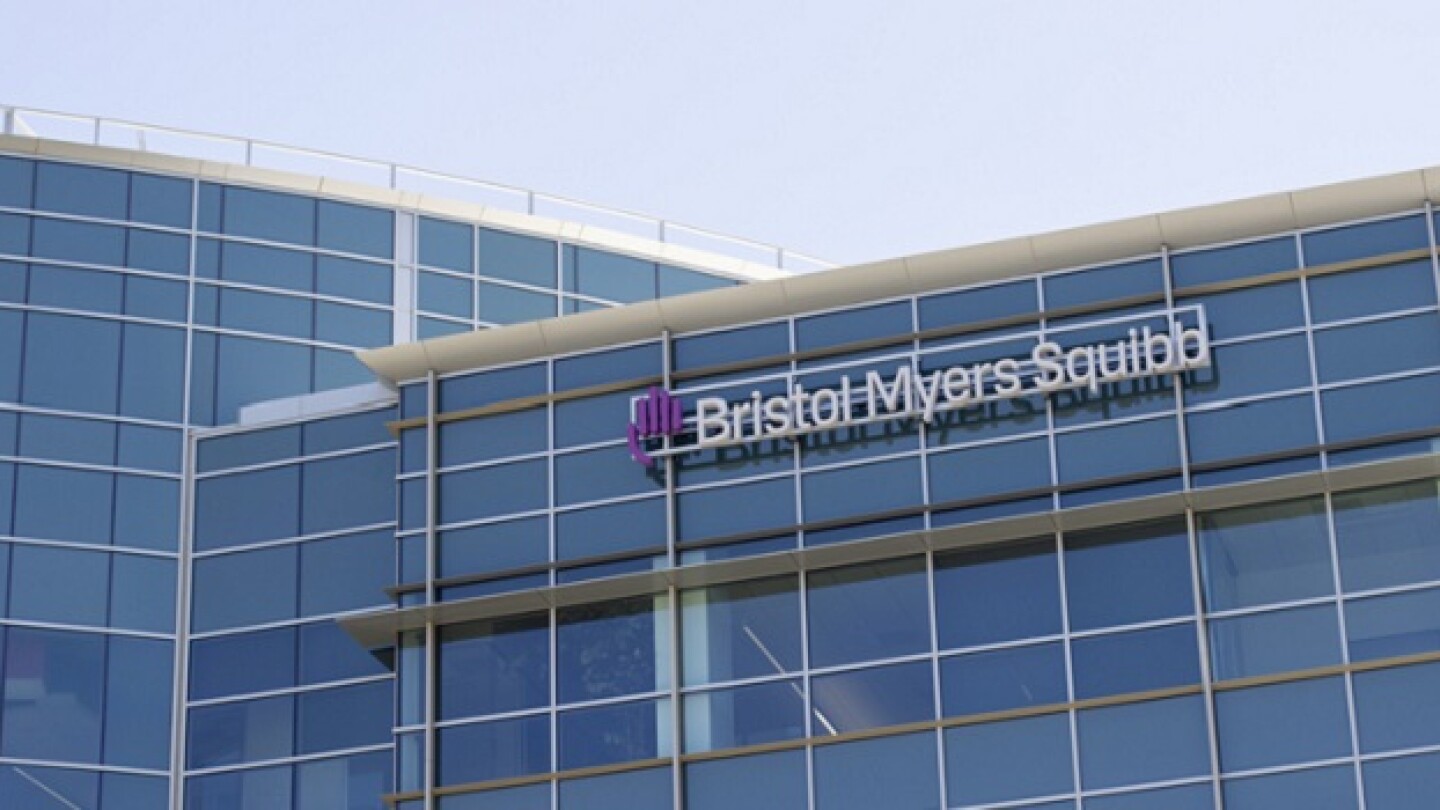Radiopharmaceuticals
The industry’s ability to generate a return on billions of dollars of investment rests on a heavily regulated supply chain defined by time-pressured logistics.
While investment has slowed in radiopharmaceuticals, analysts predict increased interest to come as Novartis shows just how successful radiopharmaceuticals can be.
Sanofi’s Orano Med-partnered radioligand therapy AlphaMedix achieved all primary efficacy endpoints, which included a measure of overall response rate, in the mid-stage ALPHAMEDIX-02 study.
Health Secretary Robert F. Kennedy Jr. will appear before the Senate Finance Committee Thursday, ahead of a vaccine advisory committee meeting later in September. Meanwhile, deal-making appetite appears healthy, and the weight loss space continues generating clinical data and other news.
With a flurry of recent Big Pharma investment in radiopharmaceutical therapeutics, the FDA issued draft guidance last month in a move former FDA Commissioner Stephen Hahn sees as the regulator “trying to get ahead on a new set of therapy that they see becoming very important for cancer.”
Nuclidium’s radiopharmaceutical platform is unique in its use of copper-based payloads, which the biotech claims can deliver higher doses while also being safer.
Actithera’s radiopharma assets irreversibly bind to their targets, allowing for longer retention of the drug inside tumors.
Instead of homing in on PSMA—currently the most validated target in prostate cancer—BMS and Philochem will instead collaborate on an early-stage molecule that binds to a novel marker called ACP3.
The Seattle-based company came to ASCO25 with new data on its neuroendocrine tumor–treating lead therapy, with big vibes and speedy speech.
Beginning this week in Chicago, the American Association for Cancer Research’s annual conference will feature presentations that could have far-reaching implications for breast and blood cancers and more.
PRESS RELEASES










